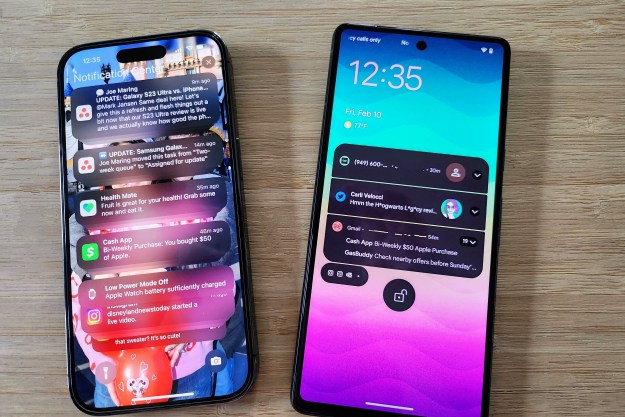I’ve been using and reviewing Android smartphones for at least a decade, and during that time, I’ve spent time with a massive variety of devices that mostly fall into three distinct categories: good, passable, and bad. But what about the ones that have really stirred my emotions in a negative way? The phones that have elicited a visceral, guttural response? I’m not talking about the ones I love, but the ones I’ve downright hated.
Here are the six models that have irked me the most over the last 10 years of using and reviewing smartphones, and the reasons why they’ve made this list.
Google Pixel 4
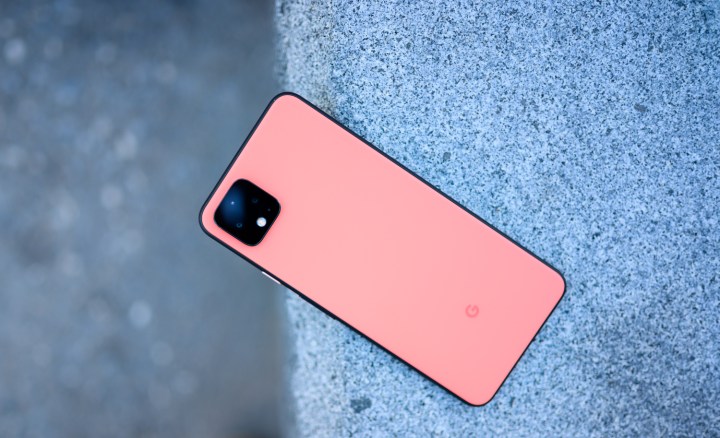
I may as well start with the phone many people really like, but I really dislike. Released in 2019, the Pixel 4 did many things right — especially the excellent camera and 90Hz screen. These aspects, and the power from the Qualcomm Snapdragon 855 processor, helped people look past the pathetic use time from the 2,800mAh battery, which would regularly last less than a day.
This isn’t the reason I hate it, though. I hate the Pixel 4 because of the way it looks. It’s easily one of the dullest, least attractive phones I’ve seen, with almost no creativity in the design at all. Flat on the back, flat on the front, and with massive bezels around the screen. Google even managed to make the glass back feel cheap and unpleasant. The names given to the colors — Clearly White, Just Black, and Oh So Orange — by a team of marketers that thought they were amusing, still make me cringe.
The fact that the Pixel 4 is so desperately boring to look at ruined the phone for me. There’s hiding your light under a bushel, and then there’s digging a six-foot hole under the bushel, burying the light, and then taking the bushel away too. The Pixel 4 was a great performer, so why not invest some effort into making it look good too? Thankfully, Google realized this when it launched the Pixel 6 series, and continued the trend with the Pixel 7. We carry these phones all day, every day. Making them look decent is as important as having good battery life, and the Pixel 4 failed at both.
BlackBerry KeyOne

What a complicated history BlackBerry had with Android. The interesting BlackBerry Priv was the first Android phone from the brand, and it tried to combine what made BlackBerry phones special — the physical keyboard — with a big screen. By 2015, when the Priv came out, that big screen was an essential on any smartphone. But in 2017, the BlackBerry KeyOne didn’t even begin to try. With a tiny screen and a physical keyboard, it was a hateful throwback to when times were different. BlackBerry tried appealing to grumpy fans who hated modern phones that had moved on, and it really showed on the KeyOne.
The fact it was too expensive upon release wasn’t the problem. It was the keyboard, and considering the brand we’re talking about, this was a crime. Ergonomics was clearly a banned word when designing this awful phone; it was badly balanced, heavy, and poorly laid out. Combine this with the keyboard’s sticky, tiny keys and high separator bars between them, and the whole thing was awkward and unrewarding to type on. The learning curve was ridiculous for anyone coming from a touchscreen.
What could have driven a resurgence in interest in a phone with a physical keyboard turned out to do the opposite. It was a relic made at a time when the excellent Samsung Galaxy S8 Plus existed, and only those who regularly moaned “things were better in my day” under their breath would have thought differently. BlackBerry knew it too, as proven by the vastly improved BlackBerry Key2 with its redesigned and more modern physical keyboard. They KeyOne was a crushing disappointment at the time, defended only by boorish BlackBerry stalwarts.
Planet Computers Astro Slide
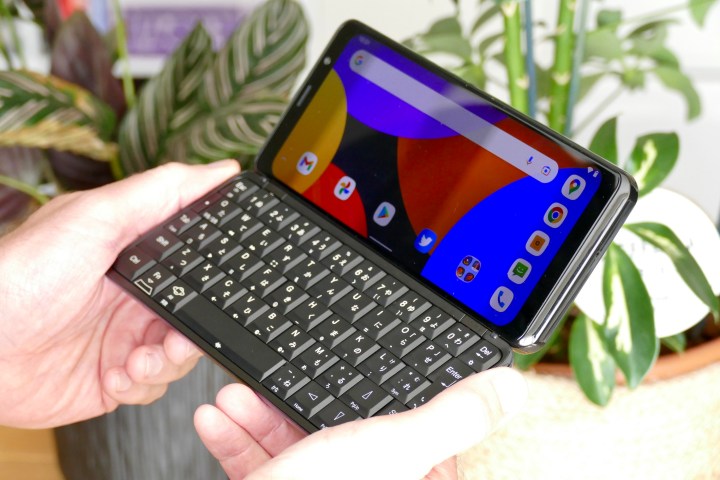
While we’re on the subject of appalling, nostalgia-driven phones with keyboards, it’s time to talk about the 2022 Planet Computers Astro Slide. Simply put, it was a phone so bad I couldn’t bring myself to spend the time and effort fully reviewing it. Resembling PDA-style devices of old, it attempts to lure in people who fondly remember the good old days and then disappoints with a substandard keyboard, a hideous design, poor build quality, and ancient, buggy software.
I hated the other phones mentioned so far because they could have been so much more, but I hated the Astro Slide because it was genuinely terrible. Planet Computers is a small manufacturer, so it will always get some leeway. And if it was a prototype or a work in progress, I’d have been more forgiving, but it was apparently the phone people who paid for it would receive. I still feel very sorry for all of them.
Huawei Mate 30 Pro
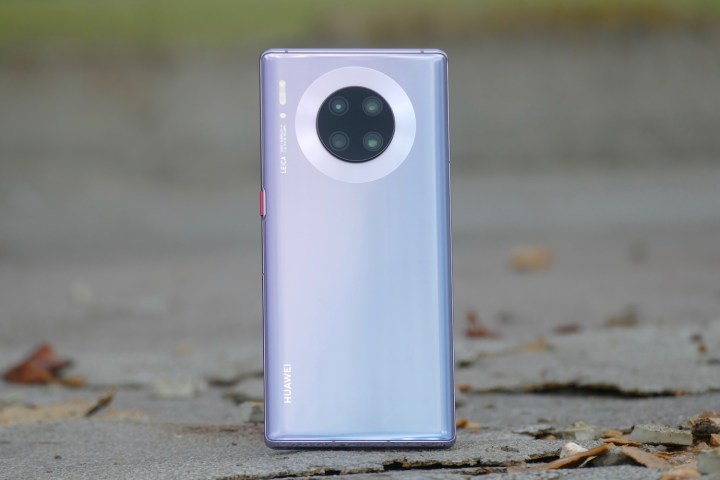
The 2019 Huawei Mate 30 Pro should have been an amazing smartphone. It came after the superb Mate 20 Pro and the astonishing Huawei P30 Pro, and it looked great. But it was the first device to be truly affected by Huawei’s addition to the “entity list” by the U.S. government. As a result, it did not come with Google Mobile Services. This immediately hurt the user experience, but perhaps worse is that because Huawei’s phones and software had reached such a high level of polish, it was a shock to find the Mate 30 Pro felt unfinished, indicating final development had unexpectedly stopped.
I didn’t specifically hate the phone. I hated that it had been so cruelly hobbled, that what it could have been was not going to be realized, and that it heralded a difficult time for the brand outside China. I remember trying to get used to the new world it forced me to live in, but I couldn’t. The Huawei Mate 30 Pro was full of potential, but it felt half-baked and awkward, and the company itself went into full-on damage control around it, meaning I don’t remember it fondly. I hated that we were robbed of what could have been one of the best phones of the year.
Nokia G11
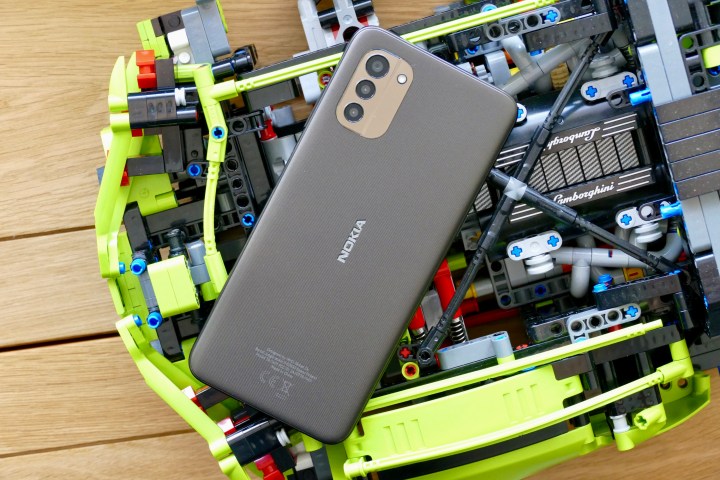
Cheap doesn’t have to mean atrocious, but the 2022 Nokia G11 is close to being that bad. It’s another phone on this list that I couldn’t bring myself to fully review. This wasn’t just because of the awful screen, creaky processor, or aging, bug-ridden software, but because it didn’t actually meet its one, big selling point: three-day battery life.
I tried, I really did, but I managed two days from the battery with only general use. That’s not bad, I suppose, but when the phone is heavily promoted as having three days of battery life, it’s not good at all. Take that promise away and the Nokia G11 was just an underwhelming budget phone. I used the rubbish G11 and all its bugs for a week, only for the battery to repeatedly fail to last longer than a couple of days, and that made me despise it.
Palm (2018)
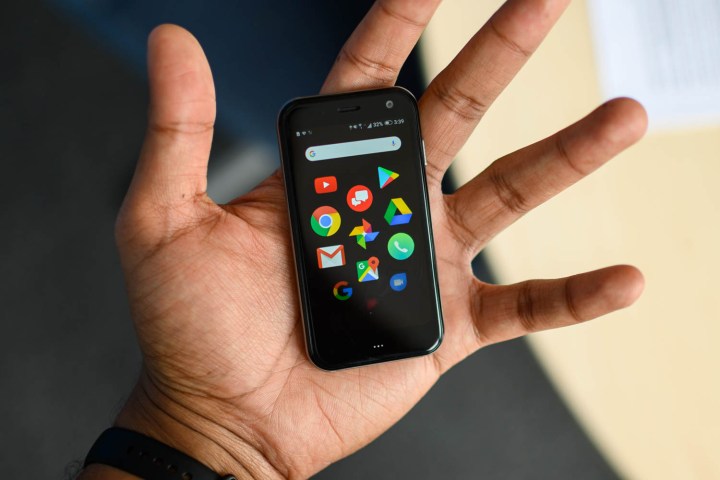
I’ve saved the “best” for last. I didn’t review it, but our single-star review of the Palm (2018) was absolutely accurate, and although I used it only for a few short periods, that was quite enough. I called it the “stupidest product of the year,” which was probably a bit too kind. Initially launched as a companion phone for your main phone, it made no sense at all as a product. And that’s before considering its small screen, pitiful battery life, and feeble camera.
I hated that the once-great Palm name had been slapped on a ridiculous device in an effort to pull in those who recalled the brand. I hated that it was marketed as a phone to stop you from using your phone so much. I hated that the name was essentially the Palm Palm, and I hated the company had the gall to charge $350 for it. Making it work on its own at a later date didn’t stop it from being laughable, either. The Palm Palm remains a brainless product that I still can’t believe got past being a lazy scribble on a whiteboard.
That’s enough, I can’t continue. I’m going to sit down quietly with the Galaxy S23 Ultra to cleanse my mind and get my blood pressure back under control.
Editors' Recommendations
- The one thing the iPhone 14, Galaxy S23, and Pixel 7 all get wrong
- Android does this one thing so much better than iOS, and it drives me crazy
- The best smartphones at MWC 2023: the 6 coolest ones we saw
- The Pixel 7’s best camera trick is coming to the iPhone and all Android phones
- Can the OnePlus 11 beat the Pixel 7 in a tough camera test? I found out


